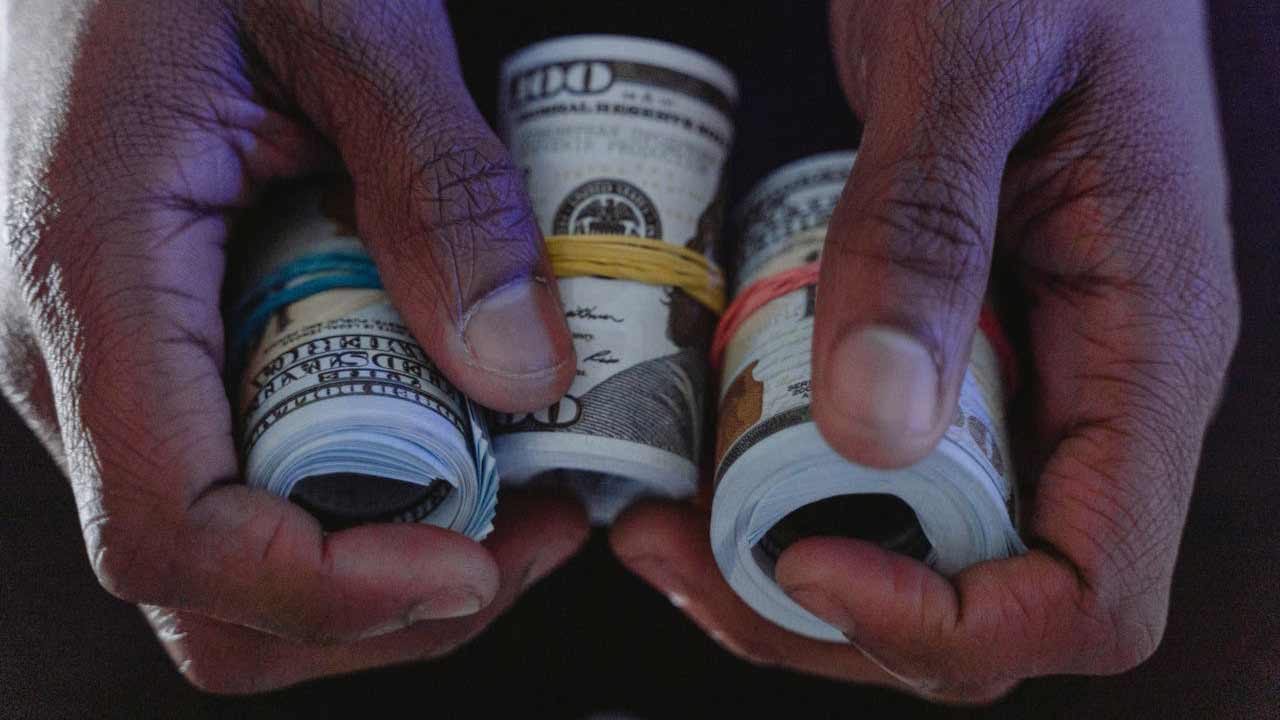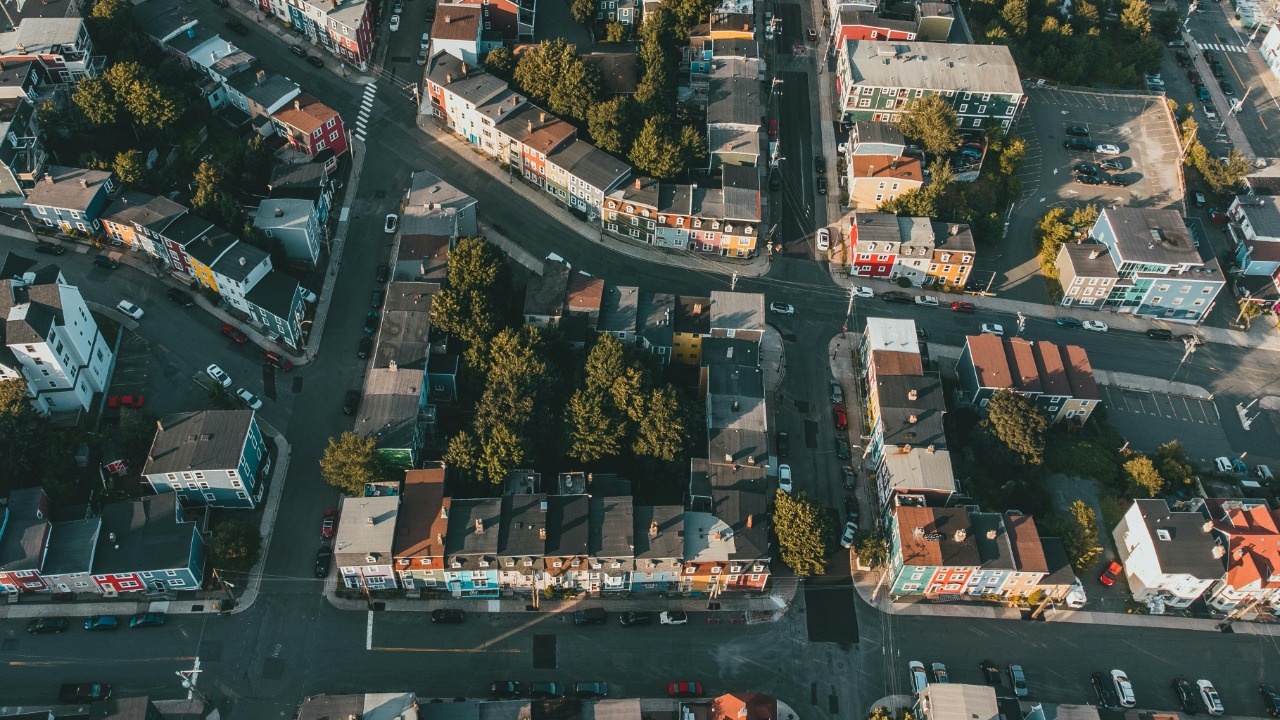In today’s economy, having a 3-month emergency fund isn’t just smart—it’s essential. But with rising living costs, unpredictable job markets, and inflation still hanging around, the old benchmarks don’t always hold up. What worked five years ago doesn’t cut it now. So if you’re building or reassessing your emergency fund in 2025, here’s what you actually need to consider.
Start With a Realistic Monthly Baseline

A 3-month emergency fund should cover the bare essentials—not your full lifestyle. Think housing, food, utilities, insurance, transportation, and minimum debt payments. Skip the extras like subscriptions, travel, or dining out. This is survival mode, not comfort mode.
If your core expenses come to $3,500 a month, your 3-month target is $10,500. But don’t just guess—track your actual numbers. Inflation and lifestyle creep add up fast, especially in high-cost cities.
Don’t Forget Health Insurance and Out-of-Pocket Costs

In a job loss scenario, losing employer-sponsored health insurance can become a major expense. COBRA or marketplace premiums could run $400–$800+ per month, and deductibles still apply. That’s why health coverage should be baked into your emergency fund math.
Even if you’re healthy, plan for at least a few hundred a month for unexpected medical needs. It’s one of the most common blind spots people have when building a financial buffer.
Keep It Liquid—But Don’t Let It Sit Idle
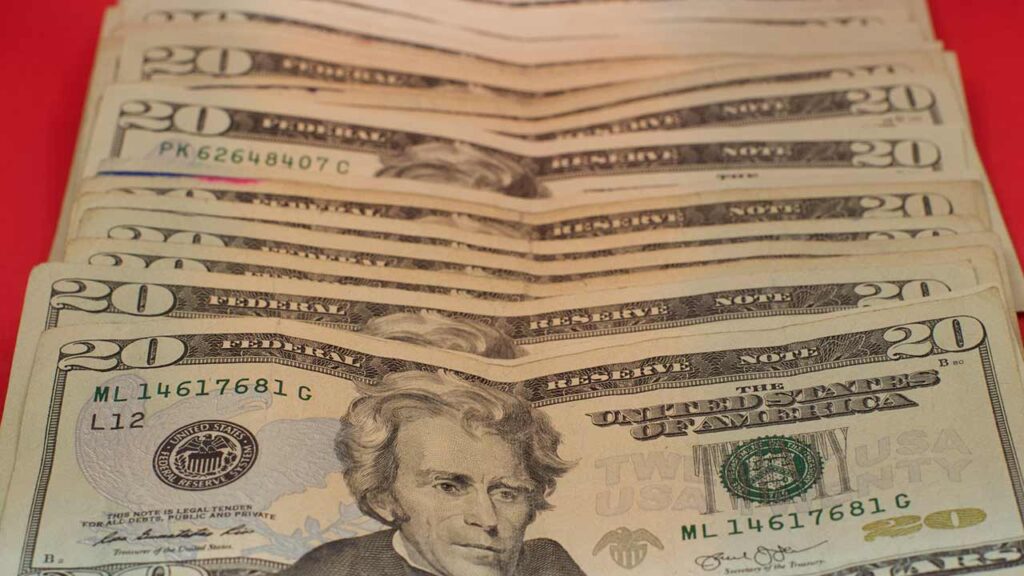
An emergency fund needs to be accessible—period. That means no stocks, no crypto, and no locking it in a CD. Use a high-yield savings account where the money is safe, earns interest, and can be accessed immediately if needed.
In 2025, many online banks are offering 4%+ APY. It’s not going to make you rich, but it keeps your cash working without sacrificing liquidity. Good options include Marcus, Ally, or SoFi.
Consider a Buffer Beyond the 3-Month Mark

Three months is the baseline—but it may not be enough for everyone. If you’re self-employed, have variable income, or work in a high-turnover industry, consider building a 6-month fund instead. It gives you more room to handle gaps between gigs or slow seasons without panic.
You don’t have to build it all at once. Start with one month, then add to it steadily. Even having a single month of expenses saved puts you ahead of most households.
Make It Separate, So You Don’t Touch It
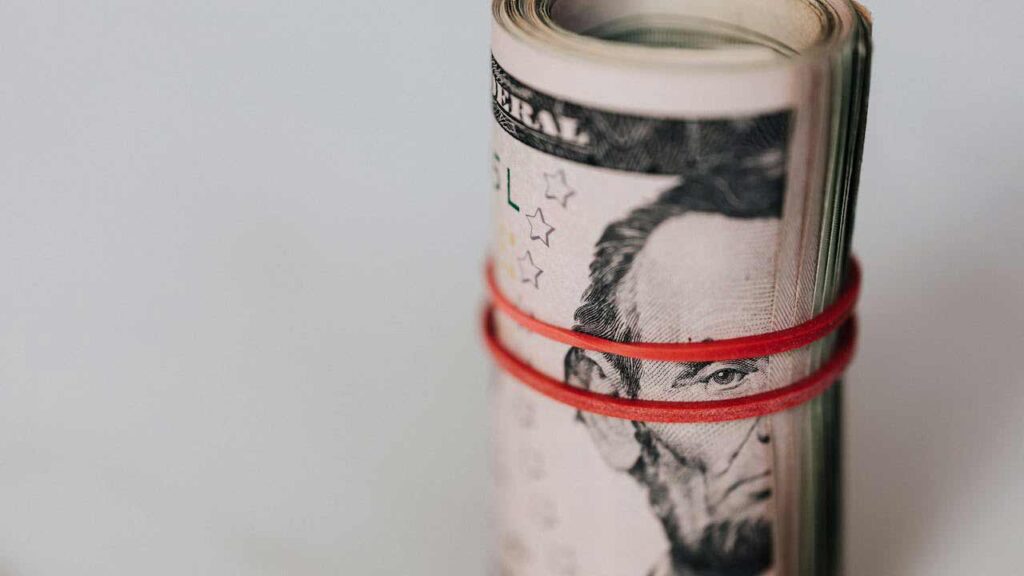
Keep your emergency fund in a separate account from your everyday checking. This isn’t a backup spending account—it’s your insurance policy against financial chaos. The goal is to make it accessible, but not tempting.
Label it clearly. “Emergency Fund” isn’t just a name—it’s a boundary. When it’s time to use it, you’ll know. And when it’s not, you’ll be glad it’s untouched.
The Bottom Line
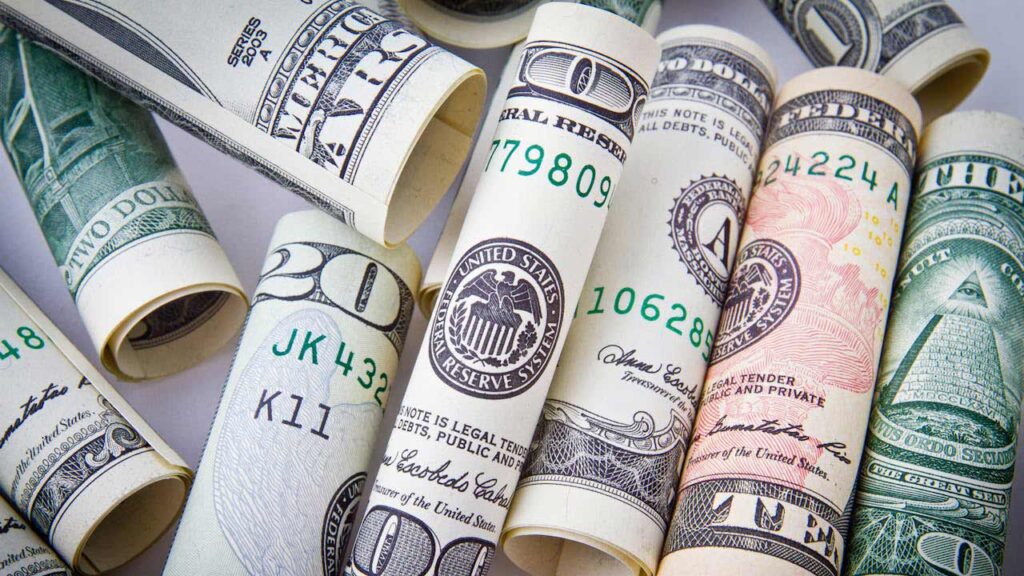
In 2025, your 3-month emergency fund needs to reflect real-world costs, not outdated rules of thumb. It’s not about stashing cash for the sake of it—it’s about creating breathing room. When your next unexpected expense hits, you won’t have to panic or swipe a credit card. You’ll be ready—and that kind of confidence is worth every dollar.

Alexander Clark is a financial writer with a knack for breaking down complex market trends and economic shifts. As a contributor to The Daily Overview, he offers readers clear, insightful analysis on everything from market movements to personal finance strategies. With a keen eye for detail and a passion for keeping up with the fast-paced world of finance, Alexander strives to make financial news accessible and engaging for everyone.
